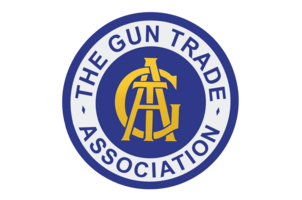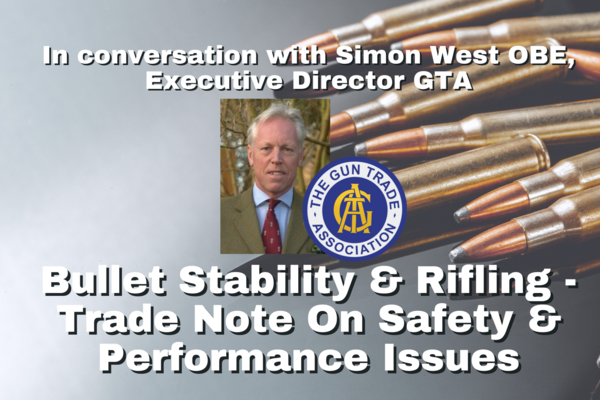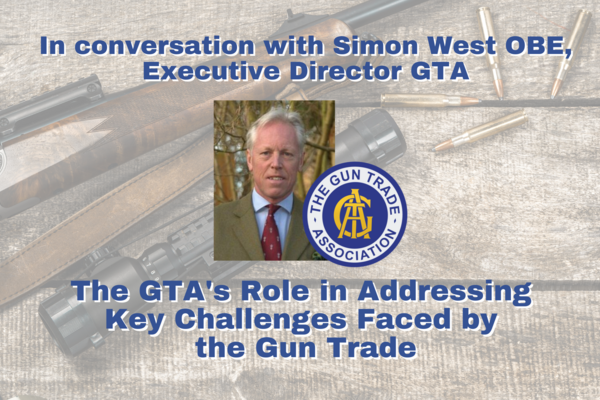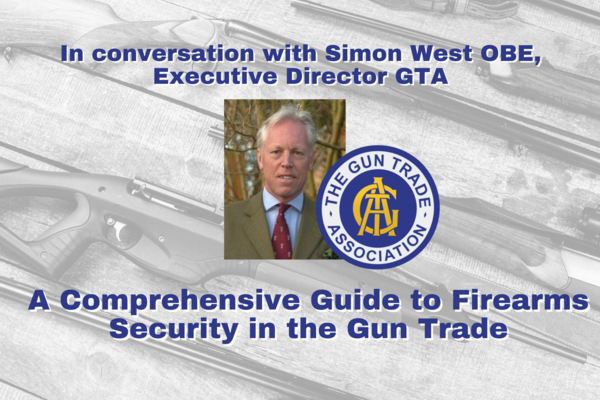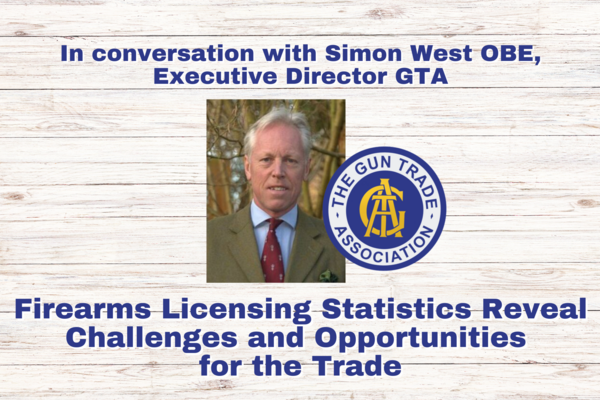Spiral grooving of barrel bores first appeared in Europe in the 16th Century but only really became common in the early 19th Century. Although still muzzle loaded, with all the problems of getting the bullet down the barrel, the elongated bullet made its first appearance. It was really only the arrival of the breech loader in the mid 19th Century, that brought a practical solution and a true advance in what could be achieved.
The elongated bullet allowed more mass to be carried up a bore of any diameter. Barrels became narrower and rifling twist rates got tighter. Longer spinning bullets presented the opportunity for enhanced accuracy but also, due to their aerodynamic shape, were able to perform efficiently at greater range.
The basis of rifle bullet stability comes from the gyroscopic effect of spinning the bullet along its axis. The spin provides stability in flight, keeping the bullet pointing in the direction of the target. Short stubby bullets require less spinning than long thin ones. If you think of a spinning top, they are designed to be short and fat – to make stabilisation easy.
The rifling in a barrel is described by the distance travelled for one complete revolution of the bullet. For example, a standard twist rate for a .308 rifle is one revolution in 12 inches or 1:12.
The first rifle in British Army service was the Baker rifle of 1800, a muzzle loader with a 15mm round ball and a twist rate of 1:120. Since then, the trend has been for ever smaller calibres, although the reduction to the NATO standard 5.56mm has been judged by some to be a step too far for long range effect.
For any given calibre there may be many different weight bullets but generally they have been designed to match the standard twist rate of the barrel. For example .308WIN can fire lead bullets from 120-180 grains in the standard twist rate. Bullets, bores, rifling and pressures are designed to provide appropriate terminal energy at the target to provide humane kills. In military systems, everything is designed from the target back to the shooter, then working within what can be carried and fired safely.
Gyroscopic stability of bullets is calculated to ensure they have sufficient spin to keep them stabilised through the entire range from gun to target. The bullet must have sufficient spin for its mass and shape to keep it stable, but must not be too stable so that, as it follows its ballistic trajectory, it continues to point upwards.
The Stability factor (SG) is calculated in a complex equation of mass, diameter, length, air density, velocity and twist rate. Thankfully there are many online calculators that can be used to do the maths, for example, Dr Kolbe’s.
The figures we are looking for lie between 1 and 2. A bullet that has a stability factor of 1 will be theoretically stable as it leaves the muzzle but must be seen as marginal. 1.2 is therefore an absolute minimum, with 1.5 being a normal working minimum. Anything over 2 is over-stabilised and the bullet will remain point up as it follows its trajectory curve; this will affect range and accuracy due to the increased drag.
A bullet that lacks stability will yaw (up and down pointing) or pitch (side to side pointing). All bullets will have a little of both on exiting the barrel but the gyroscopic effect will dampen such movement.
If there is insufficient stability, yaw will increase and the bullet will tumble end over end.
So, what’s the problem?
All of the traditional calibres and twist rates were designed for lead bullets. For most factory loads, the ammunition available to shooters match the standards twist rates of barrels. The challenge comes when we consider lead-free ammo. For any given calibre, the same weight bullet in lead-free ammunition will be longer. This produces the risk that the bullet will not stabilise in standard twist barrels. Some companies have started increasing twist in their standard barrels to give more options on bullet choice.
Larger calibres like .308 are reasonably forgiving as the increased length of a bullet is less significant in relation to the diameter but for smaller calibres of 6.5mm and below the effects on SG are greater. Down at .223 (5.56mm) we see real problems.
Recent GTA trials have shown the drop-off of accuracy with small calibre rifles of standard twist rate with copper alloy monolithic bullets. In one test with a .223 1:12 twist and some heavy copper rounds, we couldn’t get any to hit the target at 100m. At 50m we could see the problem with the bullets ‘keyholing’ the paperwork. They had lost stability immediately and were tumbling beautifully.

A reduction in accuracy is one problem but dramatic tumbling is another. In the extreme, tumbling bullets could impact with moderators and produce significant safety issues.
Efficient expansion of hunting rounds depends on terminal velocity. Ammunition selection must ensure that there is sufficient residual velocity for the bullet to expand and deliver its energy effectively to the target. For UK hunting, where most targets are engaged below 200m, velocity retention should not be an issue but it’s worth checking the manufacturer’s recommendations for target-end velocity requirements. My experience with .308 non-lead is that a light, fast bullet performs well. This reduces the challenge of having to stabilise a longer, heavier bullet. Fore smaller pest control calibres, the choices are more difficult.

.308 bullets: Lead-free (LF) 110gn, LF 130gn, LEAD 150gn, LF 150gn, LF 167gn
As we advise our customers on rifle and ammunition choices, it is important to pass on an understanding of stability requirements and safety. Not every rifleman will know the twist rate of his rifle. Assumptions may be made but it would be better to offer a measurement service, together with an appropriate offer of matched ammunition. Find a solution that offers a stability factor of at least 1.5, particularly with moderated rifles. There are plenty of options out there but they must be able to perform. If the customer wants lead-free and there are no easy solutions, re-barrelling or a new rifle may be the only option.
All of this information on bullet stability has been passed to the Health and Safety Executive to inform their decisions on restrictions in lead in ammunition. There is no point in removing lead and creating additional safety risks.
